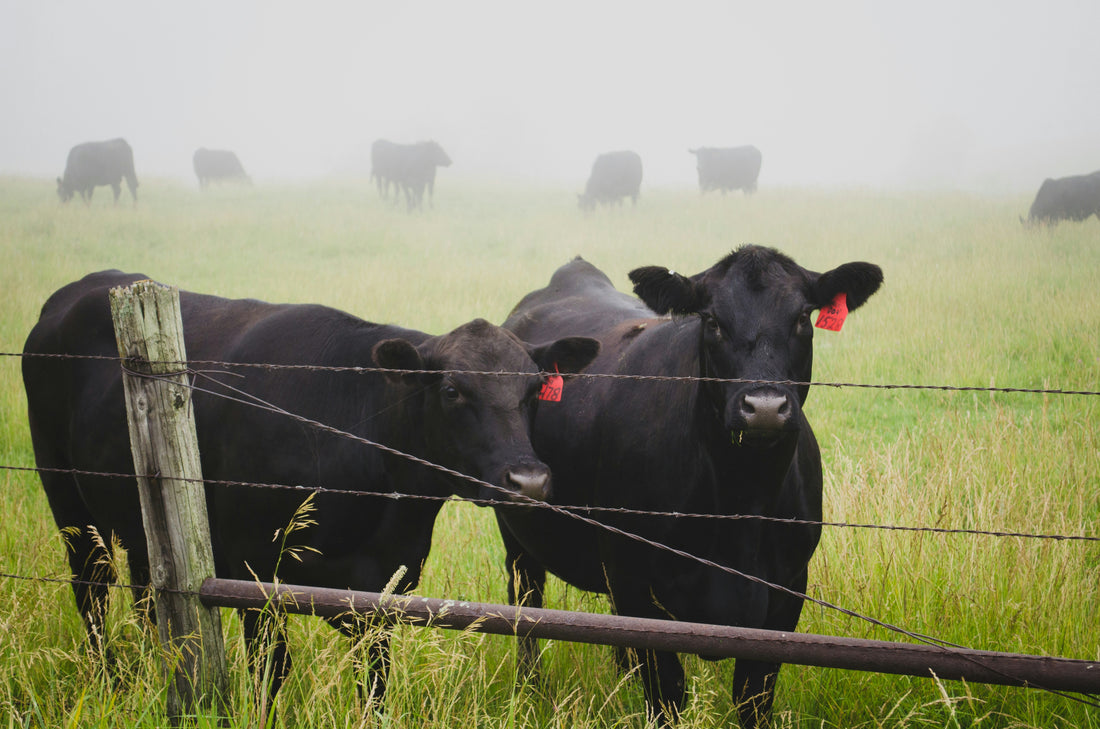
Rinderpest
Share
A plague like disease affecting cloven-hoofed animal of substantial importance in the history of human kind.
A highly contagious viral disease with a very elevated mortality rate. It swept through herds of cattle and wild life species at various instances throughout times. Symptoms of fever, mucous membrane ulcerations, diarrhoea and, ocular and nasal discharge. In immuno-naïve animals the death rate is almost 100%. Transmission is via direct contact, water and air-born. Cattle infections are of primary economical importance, but wildlife has also suffered substantial losses. Infection are transmitted over to buffalo, giraffe, wildebeest, antelope and warthog alike.

Through the centuries cattle plague appears in the writings of history. It is thought to have originated in Asia. It features in the Hebrew bible as possibly one of the 10 plagues of Egypt. In the 4th century the romans mention a disease that could have been Rinderpest. More recently, in the 18th century is caused devastation in Europe and in the 19th century made it's way to Africa. The consequences of an outbreak of the 1890's, in southern Africa, were dyer. About 80-90% of cattle perished. Whilst the herds recovered relatively quickly, the starvation and economic impact that followed, was very significant with long-term consequences.
Interestingly the Serengeti lost all of it's wildebeest during one of the African sporadic outbreaks. This had serious ecologic consequences and it took decades for the herds and the environment to recover.

The 20th century saw active campaigns to try and control this devastating disease. These consisted of varying combinations of hygiene, quarantine, slaughter and vaccinations. The control systems, especially the vaccination, were so successful that on the 28th of June 2011 the OIE declared us officially free from Rinderpest. It is noteworthy that this is the first animal disease to be totally eradicated.
Samples of the virus still exist in highly secured laboratories. It presents a significant theoretical risk as a biological weapon for it's high mortality and the fact that these days our herds are completely immunologically naïve.

